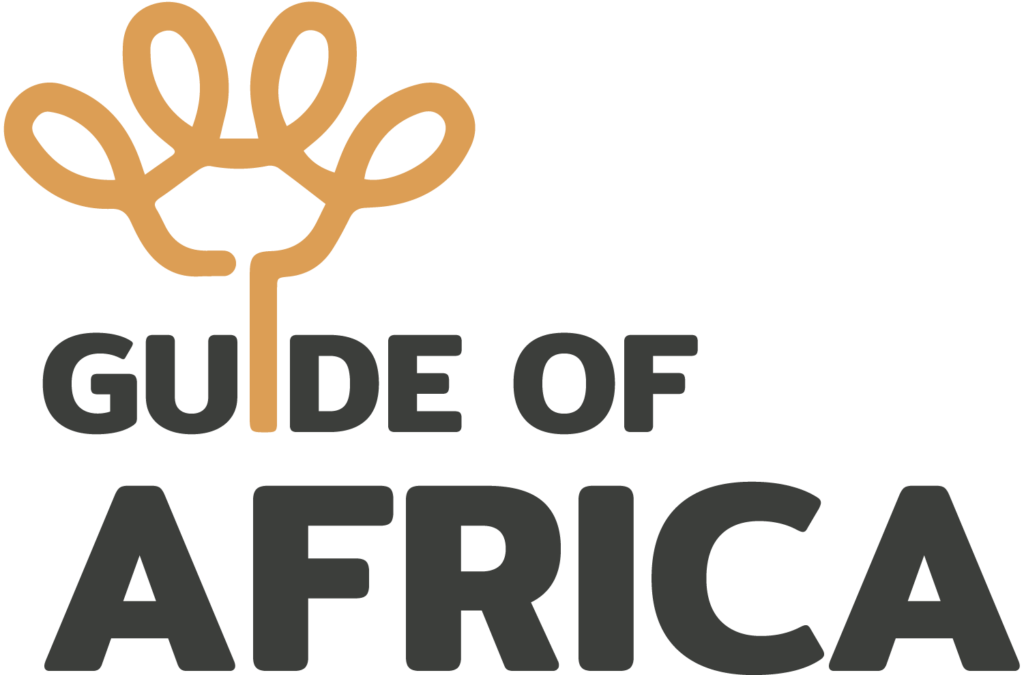The Congo River, a lifeline pulsating through the heart of Africa, stretches over 4,700 kilometers, making it the second-longest river in Africa after the Nile. Its basin covers an immense area of approximately 3.7 million square kilometers, a realm of rainforests, savannas, and swamps, breathing life into one of the most biodiverse regions on the planet. This river not only serves as a crucial resource for water, food, and transportation but also as a cultural and historical symbol for the millions of people who live along its banks. A journey along the Congo River reveals the complexities and profound human experiences that define this magnificent waterway.
Table of Contents
The River’s Geography and Natural Significance
Originating in the highlands of the East African Rift, the river flows through the Democratic Republic of Congo (DRC) and briefly forms the border between the DRC and the Republic of Congo before emptying into the Atlantic Ocean. The Congo River is renowned for its depth, reaching up to 220 meters, making it the deepest river in the world. This depth is vital for its role in transportation, allowing large vessels to navigate through central Africa.
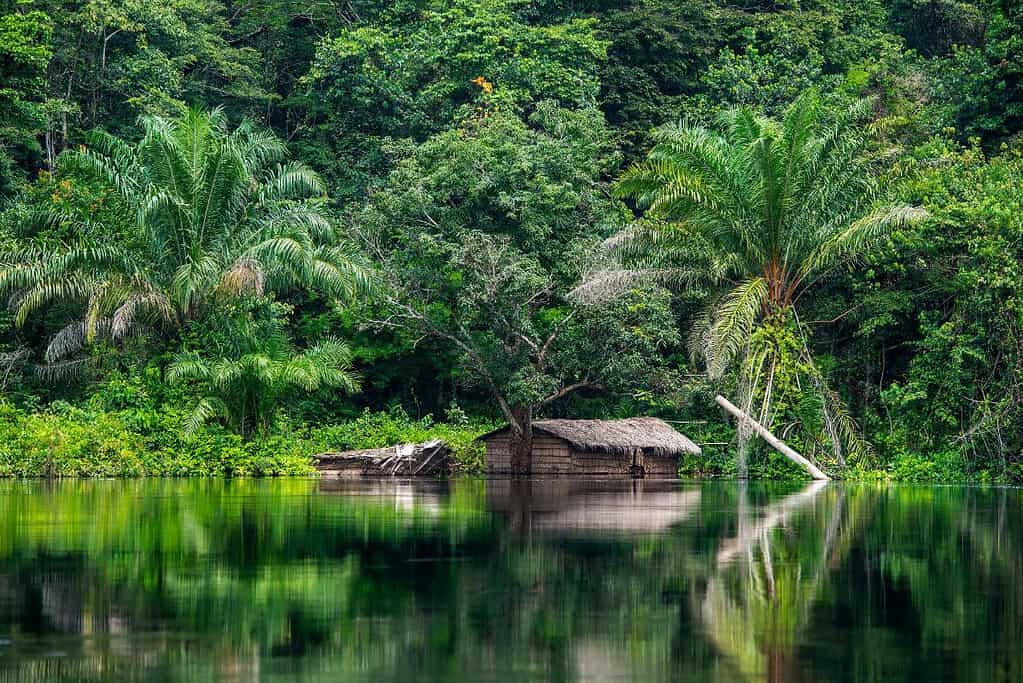
The river’s basin is a powerhouse of biodiversity. It is home to thousands of species, including iconic African wildlife such as forest elephants, gorillas, and hundreds of fish species that are not found anywhere else in the world. This rich biodiversity is crucial not only for wildlife but also for the medicinal plants that grow in abundance and are used by local communities.
Cultural Impact
For centuries, the Congo River has been the center of life for the indigenous populations along its banks. It is more than just a source of water; it is a sacred entity woven into the fabric of their cultures. The river influences local myths, rituals, and celebrations. For many tribes, the river is seen as a living spirit that offers both sustenance and guidance.
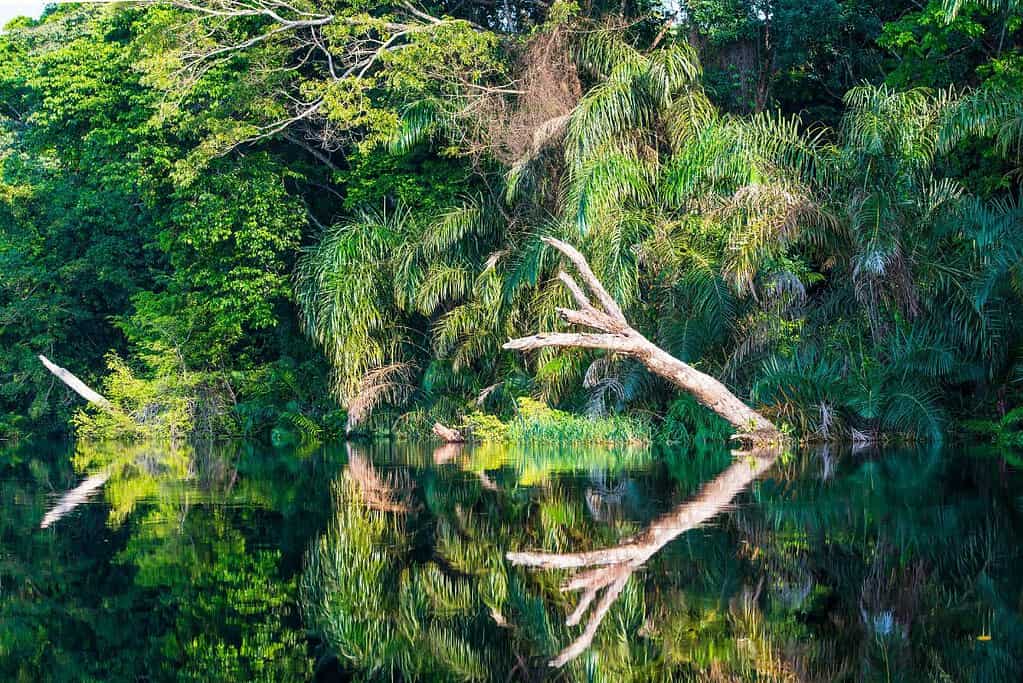
Festivals and rituals along the river often reflect a deep respect for the natural world, with ceremonies dedicated to the river spirit asking for protection and blessings. These cultural practices highlight the symbiotic relationship between the people and the river, underscoring the deep dependency on this natural resource that transcends mere physical needs.
Economic Lifeblood
The Congo River is an economic artery for central Africa. It facilitates the transport of goods and people across vast distances, which is particularly vital given the challenging terrain and limited road infrastructure in the region. Cities like Kinshasa and Brazzaville depend heavily on the river for trade, with boats frequently carrying timber, minerals, and agricultural products to markets across the region and beyond.
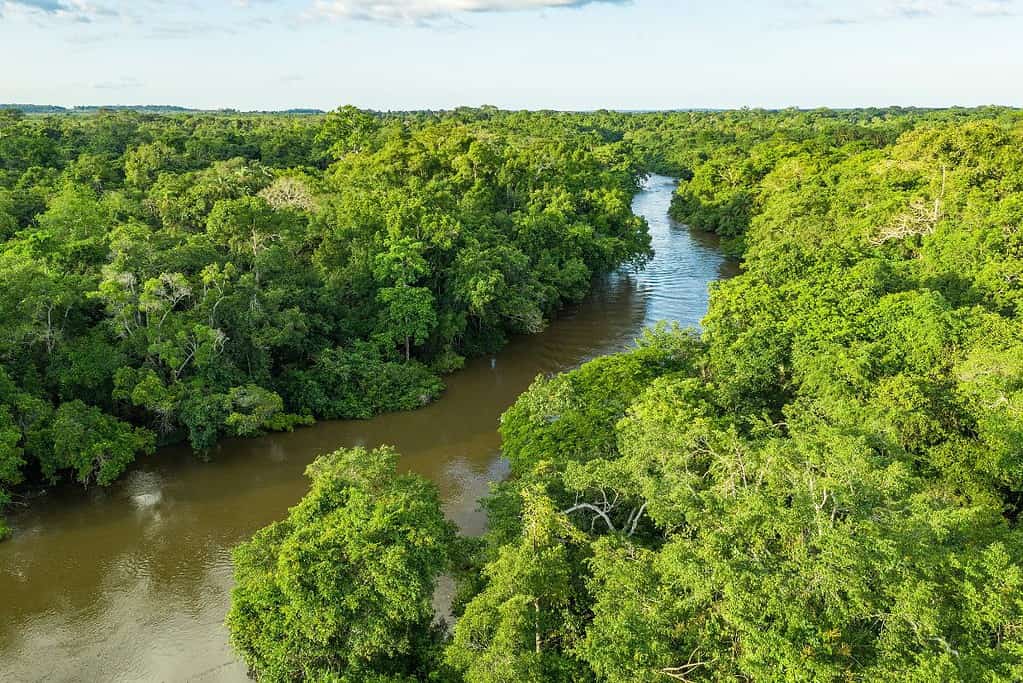
Fishing also plays a pivotal role in the local economy. The river’s vast aquatic life supports thousands of fishermen who depend on it for their livelihood. These fishermen use traditional methods passed down through generations to catch fish, which is a staple in the local diet and a crucial source of protein.
Environmental and Humanitarian Challenges
Despite its importance, the Congo River faces significant environmental and humanitarian challenges. Deforestation in the river basin, driven by logging and the demand for agricultural land, threatens the delicate ecological balance. This deforestation has consequences for the entire planet, as the Congo rainforest is a critical carbon sink in the global fight against climate change.
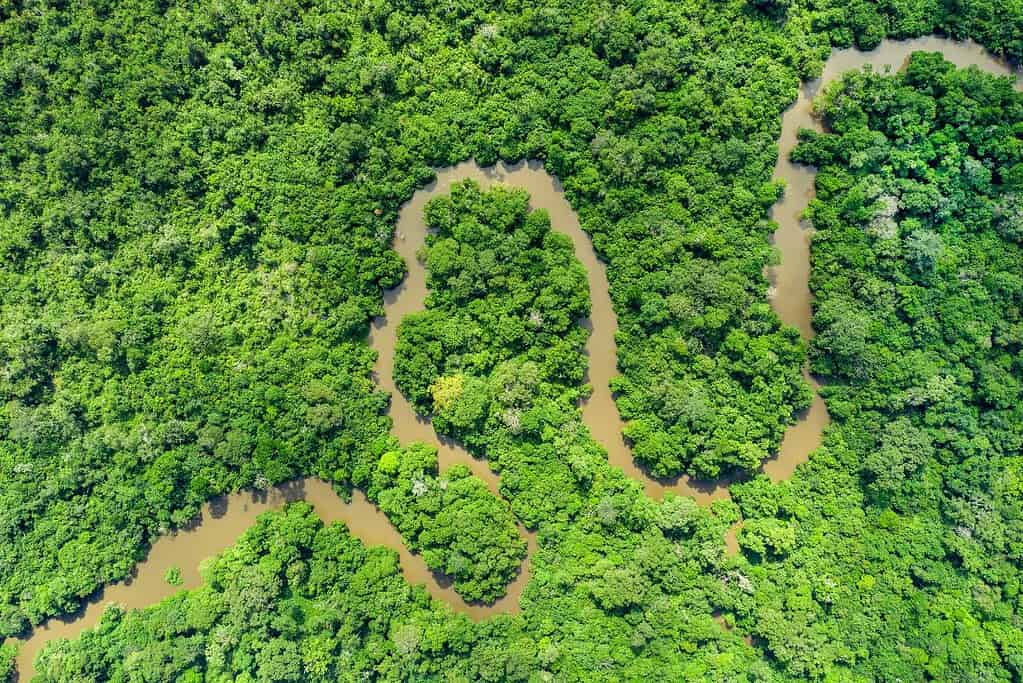
Pollution is another pressing issue. With urbanization and industrial activities increasing along its banks, the river suffers from the dumping of waste and chemicals, impacting water quality and aquatic life. Efforts to address these challenges are ongoing, involving local communities and international partners in conservation and sustainable management practices.
Navigating the Congo River
A journey along the Congo River is not merely about observing its vast ecological tapestry but experiencing the human stories intertwined with its flow. Travelers can explore the bustling river markets, where people trade in colorful textiles, fresh produce, and handmade crafts. They can witness the harmonious chaos of daily life where boats load and unload their goods, children play by the banks, and women wash laundry in the river’s waters.
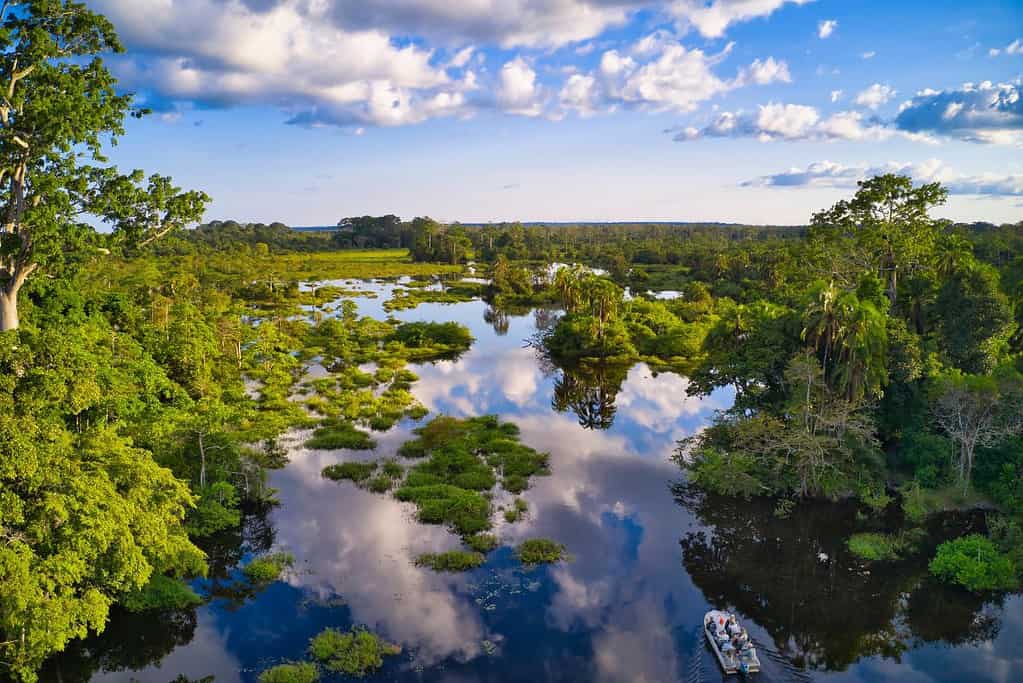
Navigating the river itself offers a unique perspective on the region’s challenges and beauty. From the peaceful mornings when the mist hangs low over the water to the fierce rainstorms that can transform the river’s character in minutes, each moment on the Congo River is a testament to the resilience and adaptability of its people.
Conclusion
The Congo River is more than just a geographical feature; it is a central character in the narrative of Central Africa. Its waters tell stories of resilience, tradition, and challenges. For those living along its banks and the communities that depend on its bounty, the river represents both hope and survival. As it continues to flow, the Congo River remains a vital source of life for Africa’s heart, pulsing with the rhythms of the land and its people, offering a journey like no other into the soul of this vast continent.
Read the Republic of the Congo article here.
